What influences the adoption of cloud computing?
Typically, a cloud is a combination of hardware and software which are easily accessible through the internet. The elements of cloud computing include on-demand self-service, broad network access, cost-effectiveness, flexibility, resource pooling, elasticity, cost and multi-tenancy of data. Moreover, it can track actual computer utilization by its users. The resource usage can be easily monitored, controlled and reported to provide transparency to both service providers and customers. Cloud brings in immense financial benefits to companies.
Read more: http://goo.gl/OHC7zZ
Big Data can help constructions save energy
For many years, people had no clue about the amount of energy being used in commercial buildings in the US. Now, thanks to expansion of sensors that can collect real-time data on energy usage and a booming market for data software, people are beginning to identify patterns and behaviors. Such energy management systems alone will grow to $1.6 billion by 2020.
Read more: http://goo.gl/DHP7pe
What are mobile apps going to be like in 2015?
Both B2B and B2C enterprises have embraced mobile apps to the fullest. Despite being an important part of digital strategies, the use cases of these apps will continue to evolve. Technology and marketplaces will warrant new direction towards apps. Apps will get even more targeted, will be extensively used for marketing and will even become disposable in the future!
Read more: http://goo.gl/zOTxcY
Companies should seek a business use case for Enterprise collaboration
Social collaboration should be approached just like any other technology deployment. It should solve a business problem. When emails created a new way to connect within the enterprise, it did not explode till its business use case became obvious. It solved the business problem of connecting quickly with someone without the need for a real-time conversation. That same approach has to be taken with social. Enterprises should seek to find business use cases where collaboration can have an impact and then work backwards.
Read more: http://goo.gl/19dagZ

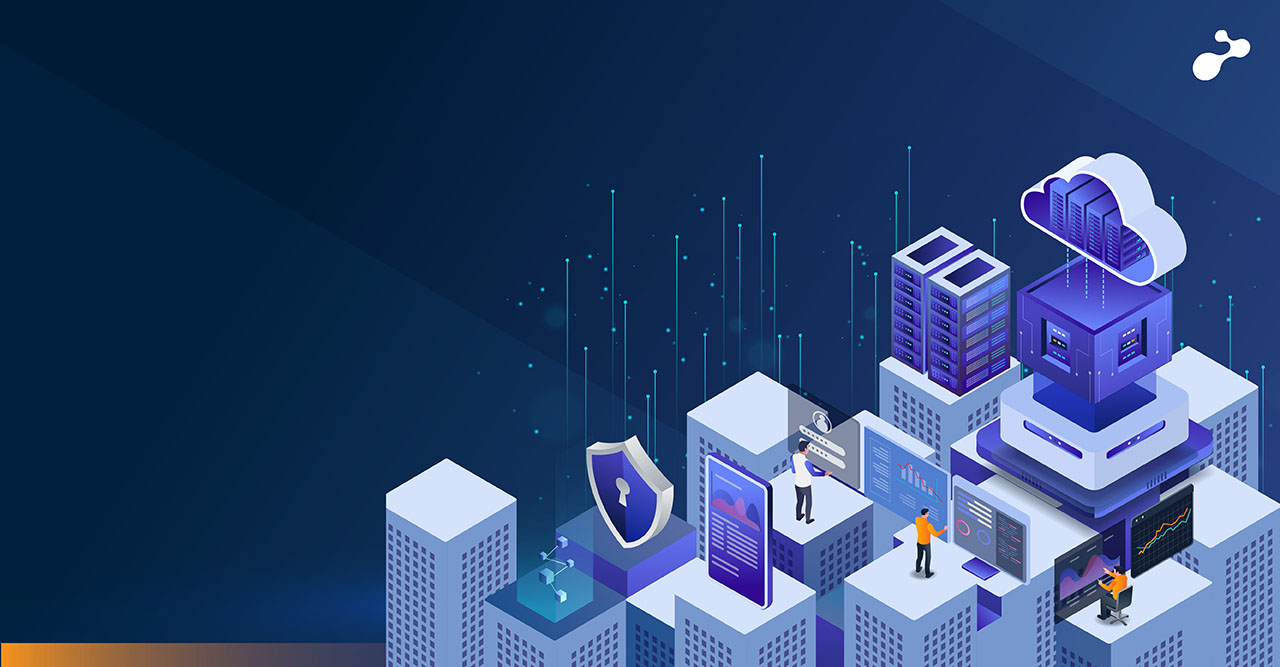

.jpg)
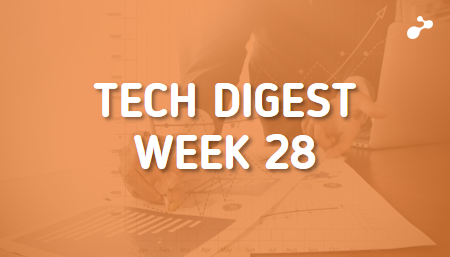
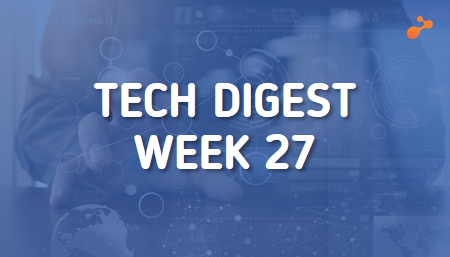
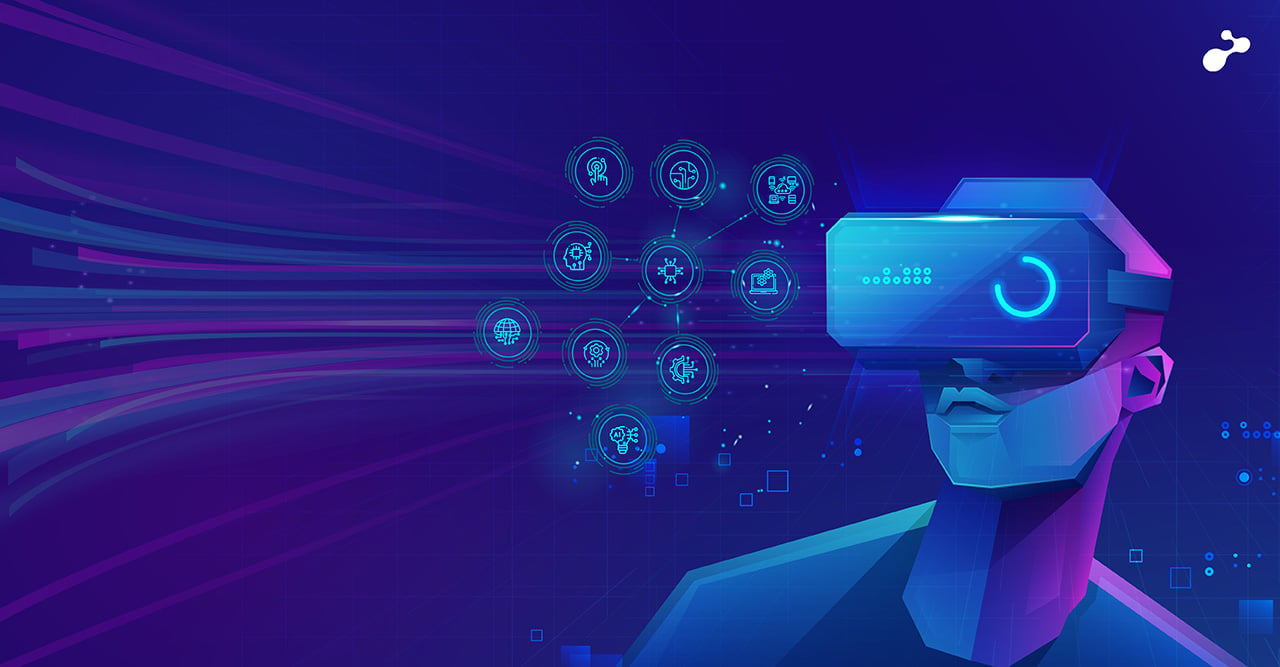

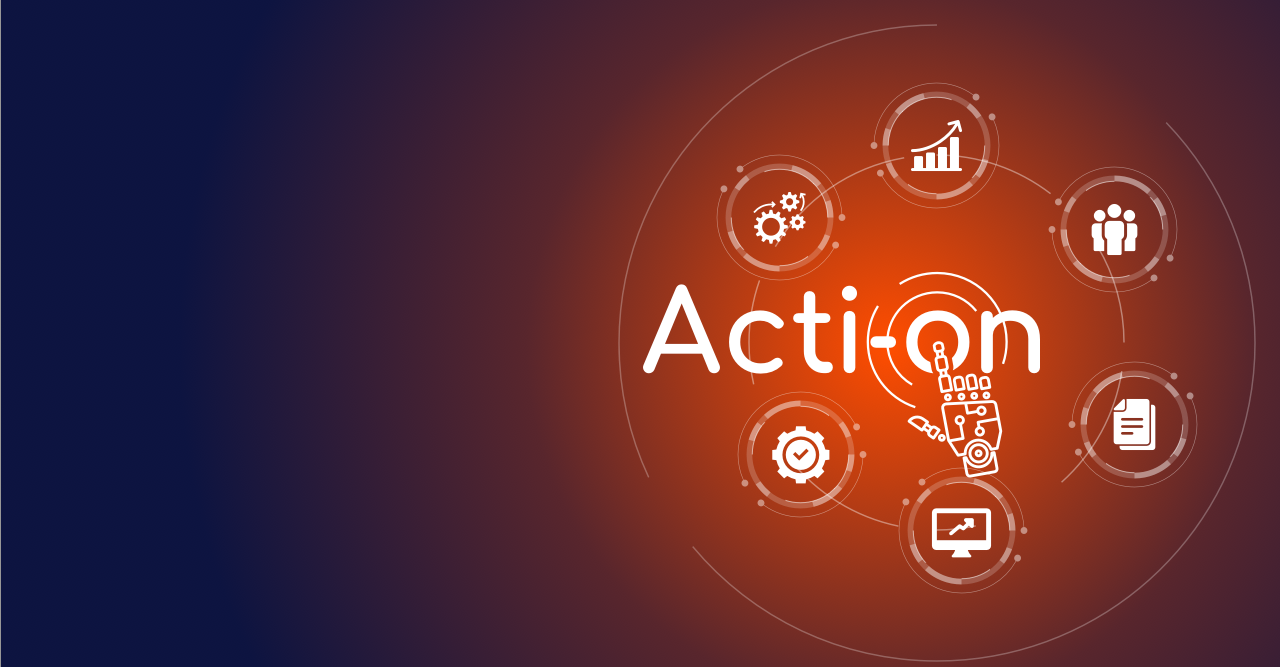
.jpg)
